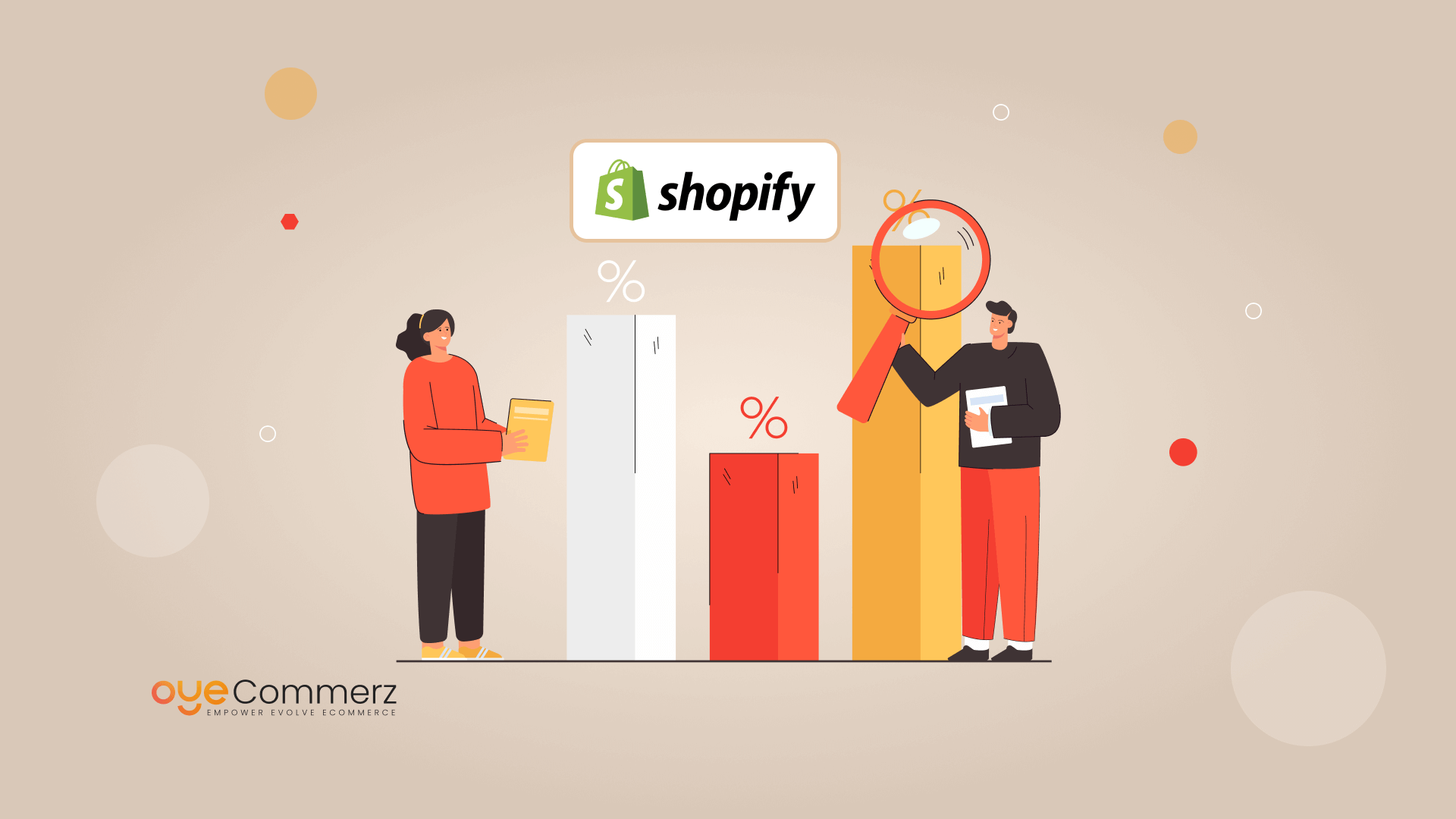
Overview
In this intense e-commerce environment, Shopify sellers are continually looking for ways to maximize sales and streamline their operations. A highly effective approach is through tailored Shopify apps customized to meet unique business needs. Integrating with the Shopify API and leveraging platforms like the Polaris design system, these solutions equip organizations to expand effectively while enhancing user interaction. In this blog, we’ll discuss key aspects of Shopify app-building, from design factors and essential features to best practices for maintaining and scaling apps effectively.
1. Understanding Shopify API Integration
A solid knowledge of Shopify’s Application Programming Interface—including REST and GraphQL—is key for developing high-performing Shopify apps. With these APIs, developers can retrieve, modify, and handle information within a Shopify store. The GraphQL API provides fast data handling, enabling faster outputs by fetching only the necessary elements. Linking to the API permits app creators to customize app functionality to the business’s unique needs, ensuring a integrated UX that enhances store efficiency and income.
2. Employing the Shopify’s Polaris framework
Shopify’s design system helps programmers to build a consistent and easy-to-use interface across Shopify applications. Polaris offers a set of elements and guidelines that align with Shopify’s branding, allowing apps look integrated within the Shopify environment. This strategy not only enhances intuitive app navigation but also helps preserve brand consistency, an critical factor in creating trust with customers.
3. Building within the Shopify Marketplace
The Shopify app ecosystem is vast, enabling developers to develop built-in Shopify apps that function in a business’s management system. Embedded apps simplify the user experience by integrating seamlessly within Shopify’s interface, eliminating the necessity for separate logins or extra steps. For programmers, leveraging Node.js for server-side tasks and React for the user interface has grown into a favored choice, as such tools facilitate scalable, responsive apps that offer an top-notch user experience.
4. Key Components for Shopify Applications
A successful Shopify app must have features that resolve critical issues in the e-commerce journey. Automated notifications for instant updates, bespoke design style settings, and omnichannel retailing capabilities are vital aspects that can improve business oversight and customer engagement. By integrating these components, Shopify applications go beyond simplify internal operations but also improve the overall customer experience.
5. Key Strategies for Application Building
When building Shopify applications, it’s important to adhere to industry best practices. App maintenance strategies such as regular updates, customer support, and safety measures are vital for maintaining customer loyalty. Promotional efforts for Shopify applications can also be utilized to boost app exposure and user base. Interaction boosters, including app alerts and loyalty programs, are essential for retaining users and fostering a loyal customer base.
6. Scaling Shopify Applications for Future Demand
As Shopify businesses scale, growing app performance becomes vital to manage higher user loads and performance requirements. Adopting cloud-based setups and focusing on efficient data handling through Graph Query Language can support applications grow without lagging. It’s also necessary to have a plan for scaling the app’s backend systems to handle expansion, including a checklist for finding a technical team with expertise in Shopify apps.
7. Understanding the Investment of Building Shopify Apps
Creating tailored Shopify apps can vary significantly in investment depending on the capabilities, connections, and personalization required. Fundamental elements like API integrations, customer engagement tools, and online reach options can increase expenses. However, the return on investment (ROI) is often beneficial, as these applications can directly boost revenue and streamline workflow.
8. Support Plans
Maintaining an app is equally necessary as creating it. Regular updates to fix bug fixes, enhance multi-channel sales apps protection, and maintain integration with the current Shopify framework are important. Planned support measures also involve client help and function upgrades that align with the digital retail landscape.
9. Tools for Creating Shopify Apps
Shopify supplies various tools to streamline the creation workflow, from coding environments like JavaScript runtime and React to automated notifications for real-time updates. Platforms including Shopify’s CLI streamline the coding process, while Shopify App Bridge facilitates integrated applications to connect easily with Shopify’s admin interface. Such tools are key for creating apps that are both effective and easy to use.
10. Future Trends in Shopify Application Building
The outlook of Shopify app creation is bright, with innovations heading in the direction of artificial intelligence capabilities, improved cross-channel functionality, and new application add-ons. scaling infrastructure for Shopify apps As online shopping continues to evolve, developers will be required to anticipate new directions to develop solutions that not only satisfy but surpass market demands.
Conclusion
Custom Shopify apps provide a strategic solution for e-commerce businesses to grow effectively, increase revenue, and enhance workflows. From API integration and the design standards to core elements and support methods, all factors of Shopify app creation plays a crucial role in ensuring a smooth journey for customers. As Shopify moves forward, keeping up with upcoming innovations in app development will help businesses maximize Shopify’s extensive platform, reinforcing their position in the digital retail industry.